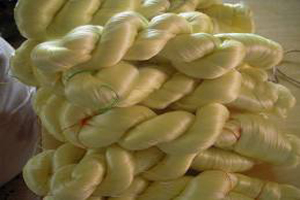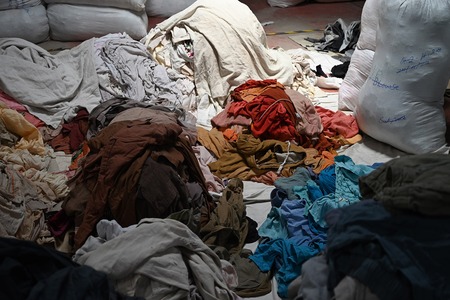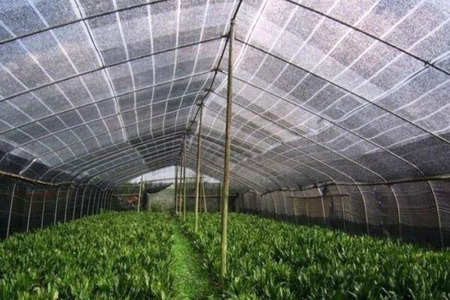
Karnataka witnessing constant decline in mulberry silk sector to other states
YarnsandFibers News Bureau 2014-02-23 11:00:00 – BangaloreKarnataka, Andhra Pradesh and Tamil Nadu, the three states together produce 80 percent of India’s Mulberry silk. Of which Karnataka has been the biggest producer of mulberry silk. As silkworms feed solely on mulberry leaves, mulberry acreage is widely used to assess growth in sericulture. The state’s overall share in India’s mulberry acreage has declined to 39 per cent last year from 49 per cent five years ago.
In fact, Karnataka as a silk producer is seeing a constant decline in mulberry acreage. In 2012-13, it fell 18.9 per cent to 74,128 hectares, compared with 91,434 hectares in 2007-08. In Karnataka, the fall in mulberry acreage according to a report by the Comptroller and Auditor General was due to fact that between 2007-08 and 2012-13, plants were deracinated across 55,694 hectares, more than the area added during this period. Also, the area added was only 38,388 hectares, against the target of 122,000 hectares.
The decline in mulberry acreage has hit raw silk production in the state. In 2012-13, production stood at 7,063 tonnes, 2.4 percent lower than 7,238 tonnes in 2008-09. Compared to the production of 7,796 tonnes in 2011-12, the decline was 9.4 percent.
Between 2007-08 and 2012-13, production of raw silk ranged between 89.65 and 117.04 kg a hectare, a year. The lowest productivity was reported during 2009-10, despite the mulberry acreage being the highest at that time. The state sericulture department attributed the low productivity in 2009-10 to drought conditions. The low productivity in 2011-12 and 2012-13 was attributed to shortage of technical staff.
On the other hand, Andhra Pradesh has increased its production from 19 percent to 22 percent. According to the Central Silk Board (CSB), this was attributed to scrupulous implementation of improved packages for mulberry cultivation.
According to CAG in a report tabled in the state legislature, the highest productivity of 117.04 kg a hectare a year achieved in the state was less than the lowest productivity (134.79 kg a hectare a year) recorded in Andhra Pradesh. This shows the pioneer status of Karnataka is losing ground, as productivity of raw silk in Karnataka was less than in Andhra Pradesh.
In 2012-13, India’s overall mulberry silk production rose 2.42 per cent to 18,715 tonnes from 18,272 tonnes in 2011-12. As on March 31, 2013, the country's overall mulberry acreage stood at 192,126 hectares.
Market Intelligence
Ask for free sample Report

experience
Customer Base
dedicated team
Countries Served Worldwide









